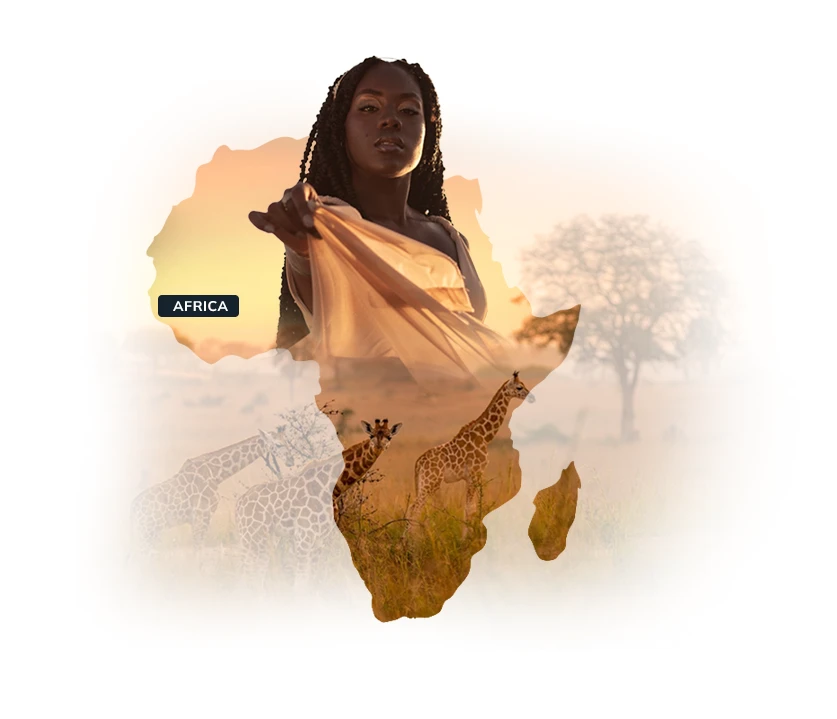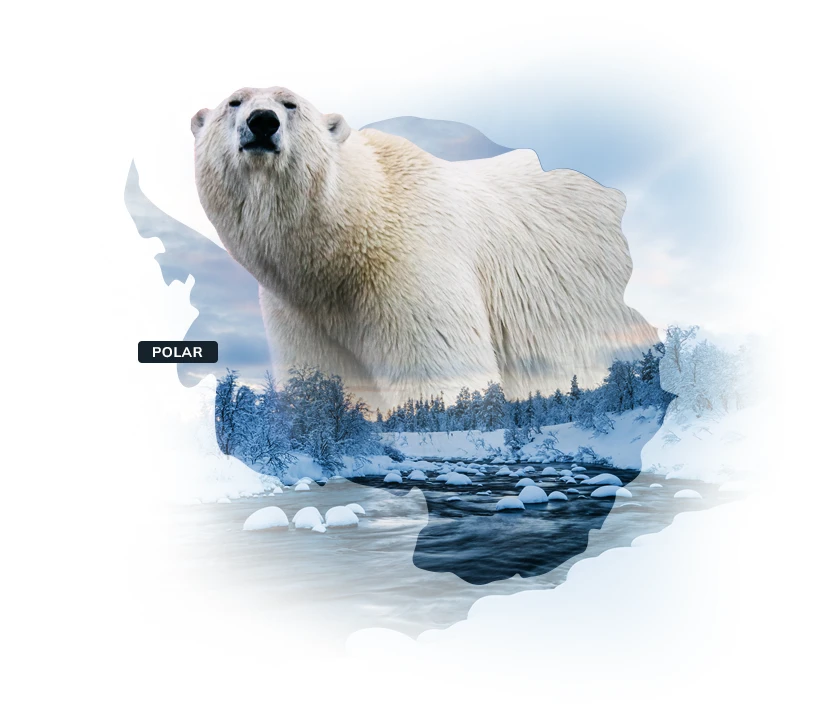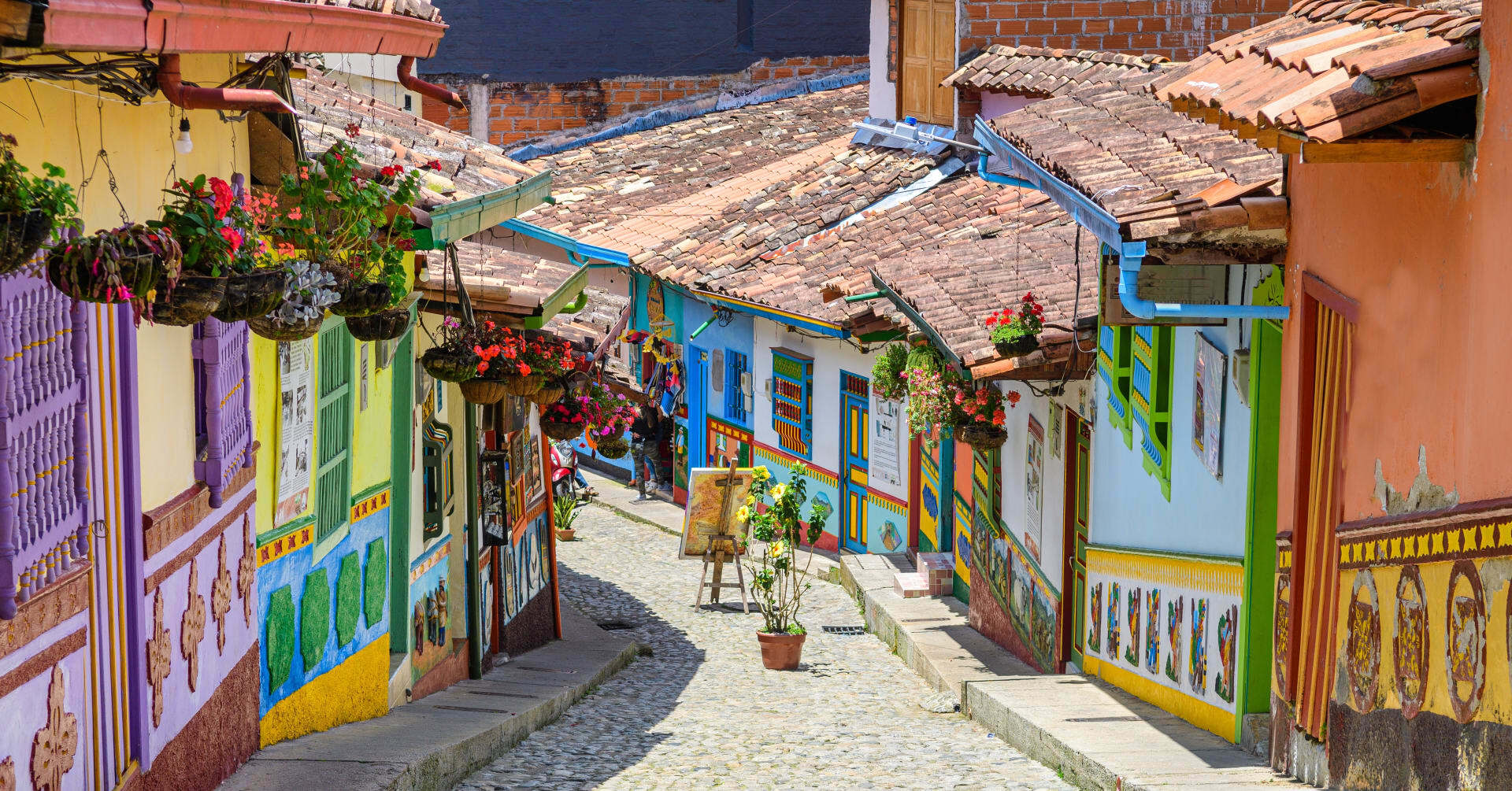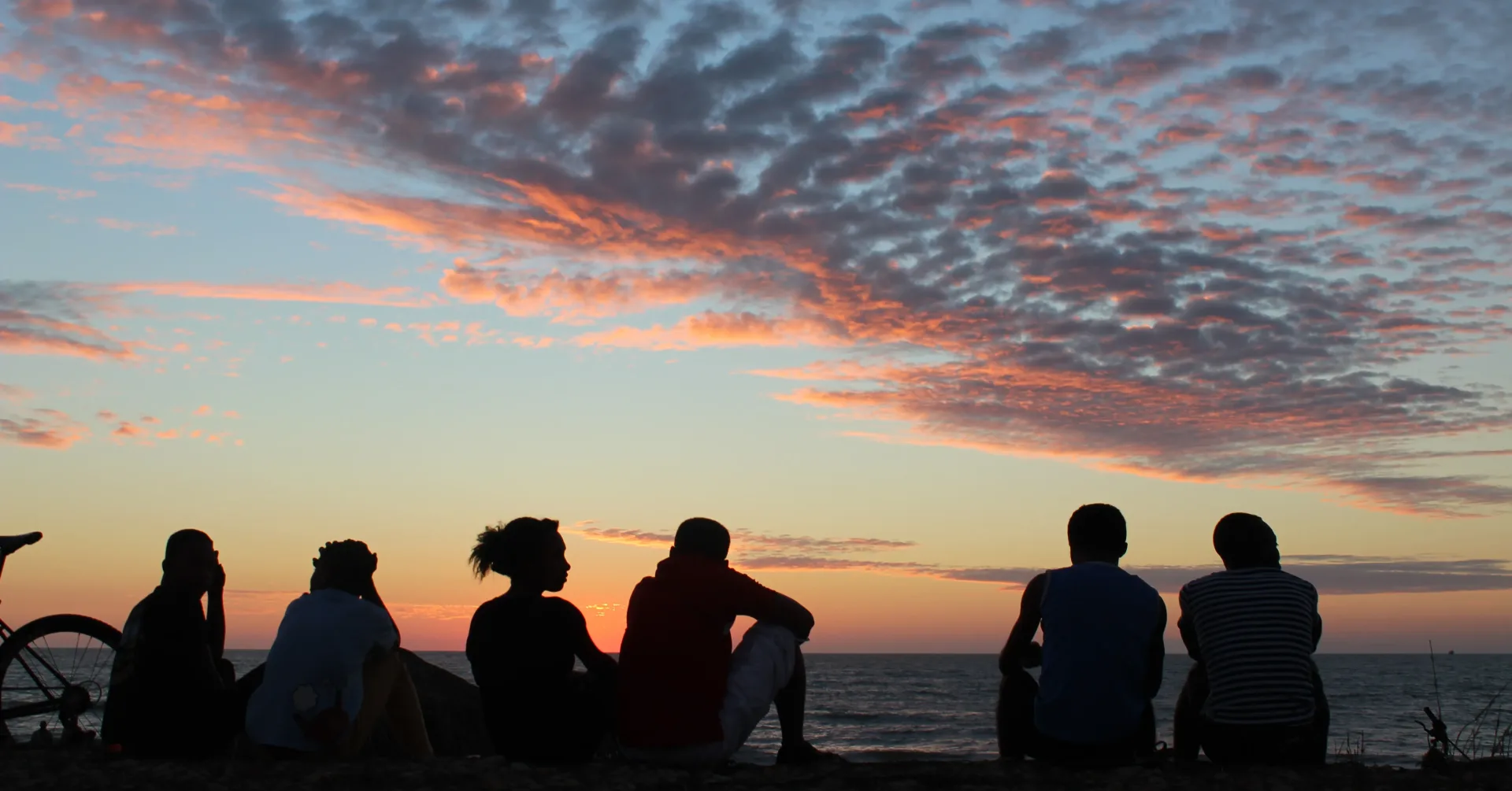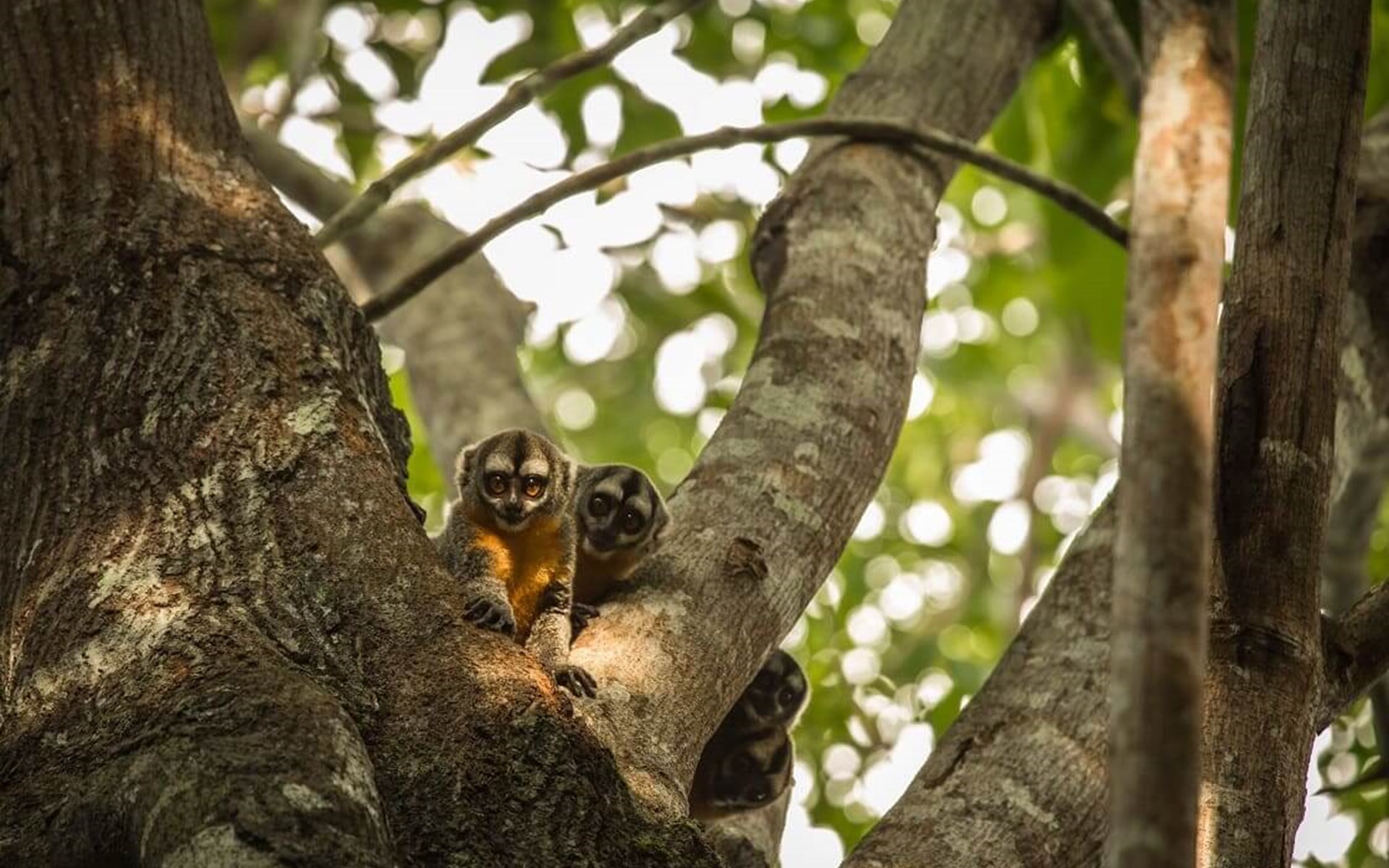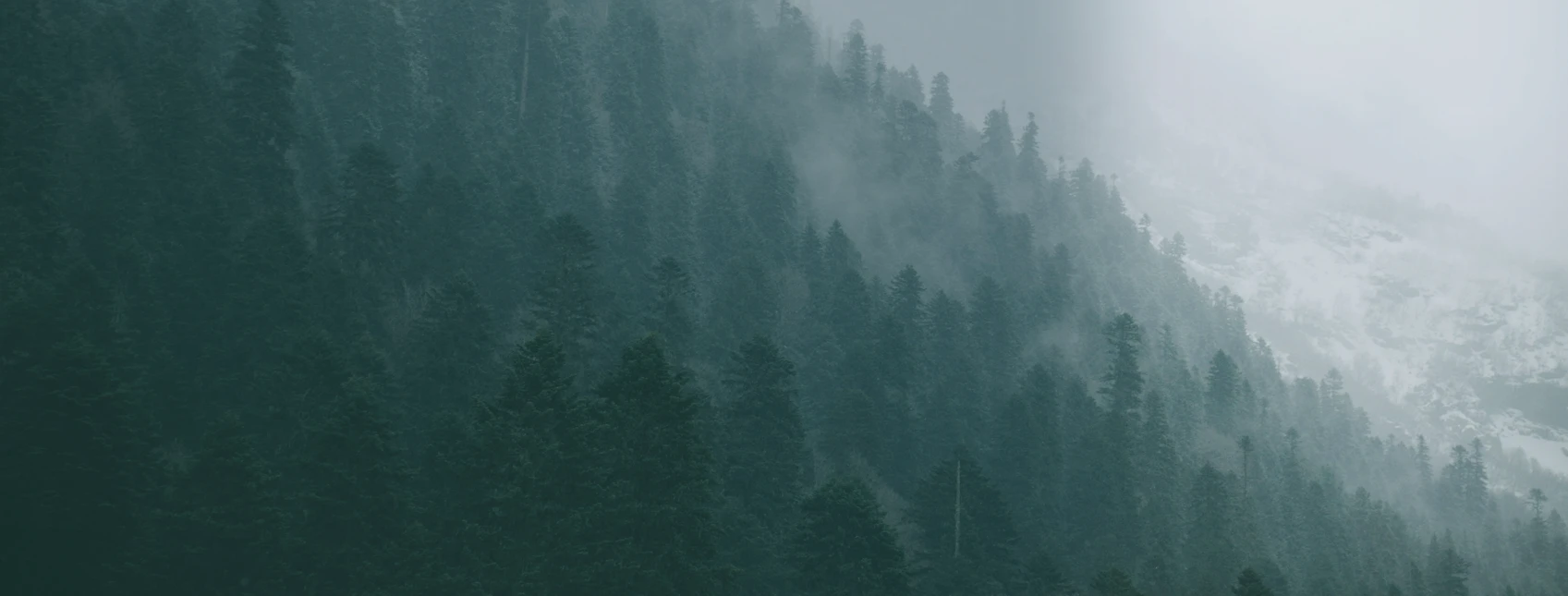Discover beautiful Peru and how you can minimise your impact when visiting
Peru's outstanding reputation as a travel destination has only risen throughout the years. Alongside growing tourism, measures have been taken to preserve and protect the country's fantastic biodiversity and ancient cultures.
Although a popular place to visit, the size and diversity of the country means that there are endless destinations that aren't yet on the popular tourist circuit. There is so much to be discovered.
Peru is a progressive South American nation. Peruvian locals share pride in their natural and cultural heritage, and rightly so. There are countless initiatives and projects taking place today to help the future of their country whilst keeping in touch with important traditions of the past. Visitors and locals alike are inspired by Peru's diversity. It is incredibly important to protect these unspoiled environments and support local communities.
At Wayfairer our ethos is all about responsible, sustainable and ethical tourism. In Peru we are proud to work with fantastic local operators who share our vision and values.
We encourage all visitors to Peru to travel in a responsible and respectful manner, ensuring their visit leaves a positive impact.
Looking for travel inspiration? Wayfairer trip ideas that will take you to Peru:
(hover and click to see the full itinerary)
Here are our top tips for a fantastic, responsible holiday in Peru.
Environment & Wildlife

Though most associate Peru with the remnants of its mystifying ancient cultures, it is also an immensely biodiverse destination. Although it is six times smaller than Brazil, it has the same number of bird species. There are 77 protected areas in Peru, consisting of national parks, reserves, and sanctuaries.
The pristine rainforests of the Amazon occupy over 60% of Peru where countless restoration projects for wildlife are taking place. The central Andes provide an important barrier between the arid desert in the west and the saturated rainforest in the east. The desert expanse leads to ocean cliffs which overlook one of the world's most productive ocean areas.
Four hours south of Lima, the Paracas National Reserve is Peru's oldest protected area on the south western rim of Peru's desert coastline. This protected area consists of the Paracas Peninsula, coastal areas and the desert. It is home to several species of sea lions, Humboldt penguins, otters, vast schools of anchovetta, blue-footed boobies, Inca terns, pink flamingos, pelicans, dolphins and large stocks of Peruvian scallop.
Near the same region, the Nazca Ridge National Reserve covers 62,392 square kilometres of the ocean. It was established in June 2021 and has increased the proportion of Peru's territorial waters under protection from less than 1% to now nearly 8%. It is Peru's first ever fully marine protected area. The Nazca Ridge and the Salas y Gómez Ridge form a part of a 2,900 kilometre submarine mountain range running off the coast of Chile and Peru.
Scientists have discovered 30 threatened marine species in Peru's Pacific Ocean protected areas. This includes the blue whale and the leatherback turtle, and over 40% of the fish species here can be found nowhere else on earth.

Travelling north, the Cordillera Blanca is the world's highest tropical mountain range. Here, the Huascarán National Park is a protected area at high altitudes. The white mountains are home to Peru's highest peaks with tropical glaciers and glowing blue lakes. Plateaus are interrupted by deep ravines with creeks and rare vegetation types. This place of striking beauty is home to the vicuña - an emblematic creature close to extinction in the 1960s that has since been recovered (a story of conservation success in Peru).
Viewing opportunities here include the north Andean deer, puma, the vulnerable speckled bear (the inspiration of Paddington Bear), and the endangered Andean mountain cat. There are more than 100 recorded species of bird including the Andean Condor - best seen in the Colca Canyon, and numerous species of hummingbird - viewed best in the cloud forests surrounding Chachapoyas.
On the eastern slopes of the Andes and encompassing the upper Amazon basin stands the Historic Sanctuary of Machu Picchu with a wildly rich diversity of flora and fauna. This is the most significant tangible legacy of the Inca civilisation and the unique environment sees the meeting place of the Andes with the tropical lowlands. The citadel is situated over 2,400 meters above sea-level, it was built around the 15th century and was only discovered by the outside world in the early 20th century.

'The working of the mountain, at the foot of the Huaya Picchu, is the exceptional result of integration with its environment, the result from a gigantic effort as if it were an extension of nature.' - UNESCO
In the Sacred Valley, the World Monuments Fund is currently pleading for Peru's government to halt the airport construction work close to the village of Chincero. There are concerns that the new multibillion-dollar airport will destroy traditional fabrics of Indigenous communities, and lead to sprawling development jeopardising the material remains of Inca culture on this plateau.
Approximately 99% of visitors to the Cusco region will visit Machu Picchu and following the declaration of it as one of the 7 New Wonders of the World in 2007, this sanctuary has been at risk of over-tourism.
In 2017 the Peruvian government enacted a two-turn system of visitation which is limiting visitors to a morning or an afternoon visit with a maximum of 6,000 visitors a day. In 2019 for further preservation, the most delicate sites in the citadel have been closed to visitors. It is important that an Inca Trail trek is booked well in advance, and it is important to Peruvians that the future of Machu Picchu is safeguarded.
In recent efforts, Peru has launched an initiative aiming to make Machu Picchu carbon neutral. The crown-jewel of Cusco, Machu Picchu is now the first tourist destination in Peru (and the world) that aims to drastically reduce carbon dioxide emissions. The initiative will strive for a 45% reduction by 2030 and 100% by 2050.

Into Peru's Amazonia, Tambopata National Reserve in the south is a protected area of dense ancient forests inundated with lakes and savannahs in the Madre de Dios region accessible by boat from Puerto Maldonado.
The reserve protects 1,707 square km of pristine wilderness home to thousands of different species. Over 100 species of mammals include various troops of monkeys, tapirs, giant otters, pygmy anteaters, and the ever elusive jaguar. The reserve is well known for it's successful clay licks that have been studied by scientists in Tambopata for years.
Each year, Peru loses more than 140,000 hectares of forest. This is an area greater than the surface of Hong Kong according to the Peruvian Ministry of the Environment. The loss of biological diversity that is yet to be discovered is catastrophic. This is why these schemes are just so important to Peru's ecological future.
Old-growth Amazonian rainforest, bamboo groves, floodplains and wetlands, oxbow lakes and palm swamps are adjacent to the Bahuaja Sonene National Park in Bolivia. Currently, the Biodiversity Reserve and Agroforestry Project aims to protect 591,119 hectares of threatened forest, protecting species such as the giant otter, blue macaw and giant armadillo and providing 632 new jobs for local communities over the span of one year. This project has been set up by Peru's NGO, AIDER.
From Iquitos, the Pacaya-Samiria National Reserve provides fantastic wildlife viewing and encounters. It is less visited than Tambopata and a permit from INRENA (the Peruvian parks authority) is required to enter.
All over Peru there are numerous ongoing initiatives to help protect the natural environment and its wild inhabitants. The eco-system is precious and fragile. At the moment, The Peruvian Service for Natural Protected Areas has partnered with the WWF and the Moore Foundation, launching a Finance Permanence project (PFP) to achieve sustained and long-term financing for the management of Peru's 77 protected areas.
Responding to socio-economic, cultural and environmental threats many ambitious initiatives has aim to permanently fund the effective management of these areas and in turn benefit the local economy. It is important that as a visitor to the country we respect and understand the ongoing work toward conservation in Peru. At Wayfairer we do all we can to help educate on these projects.
Top Environment & Wildlife Tips
 There are many ways in which you can respect Mother Earth, (Pachamama in Quechua) in Peru.
There are many ways in which you can respect Mother Earth, (Pachamama in Quechua) in Peru.
Leave no trace
Wherever you travel, always ensure to bring your rubbish with you. This is particularly important in remote regions and wilderness areas. We advise the use of refillable water bottles, and avoiding plastic bags or straws.
If you are hiking, bring planet safe, paraben-free soaps and detergents with you, as well as eco-friendly sun creams and biodegradable tissues.
Abstain from smoking in wilderness areas in order to avoid polluting the environment and minimise the threat of starting a fire.
Responsible wildlife watching
Peru's spectacular wildlife is a major draw factor to the country.
Many visitors head to Colca Canyon to see the magnificent Andean condor in flight - one of the world's largest birds. The iconic llamas, alpacas and vicuñas of the Andes make for a fantastic foreground image for Incan archeological sites. The Amazon is home to the world's most fabled creatures, the illusive jaguar and the sloth in slow-motion.
With amazing opportunities for wildlife spotting in every region, it is important that you make sure to use a responsible and local tour operator.
Wildlife experiences in Peru that involve handling animals are far and few between. If you encounter an interaction with wildlife that involves physical contact remember to question this - is it part of a research study? Only get on board with this if you know there is a serious academic or medical reason for doing so.
Our partners in Peru are a local, multi-award winning company. They have been winners of the National Geographic World Legacy Travel Award, Travel One Sustainability Award, and been commended for sustainability by the Latin American Travel Association (LATA).
Speak to our Luxury Travel Specialists who can advise you on the best responsible wildlife experiences.
Book wisely
The Inca Trail to Machu Picchu gets booked up very early. We can't stress enough how important it is to be organised with your booking and get your slot secured months before your departure date. Book at least 4 months in advance if you wish to trek between June and September due to the high demand.
In order to avoid crowds at Machu Picchu head there for April/May or September/October instead of the high season months of June to August. In general Sundays are quieter, and keeping outside the rush-hour times of 10am-2pm is also wise as you'll miss the tourist droves coming in by train.
For more intimate natural experiences of the Sacred Valley, remember there are many options that reach further beyond the Inca Trail to Machu Picchu - including the fantastic alternative treks: Salkantay, Ausangate, Lares and Choquequirao. Our specialists can provide further extensive advice on these.
People & Culture

There are 51 different indigenous groups in Peru. A well-known Peruvian proverb expresses that 'el que no tiene de Inga tiene de Mandiga' which claims that every Peruvian has either indigenous or African ancestry in their blood.
At the height of the empire, the Inca Kingdom stretched from the Colombia-Ecuador border all the way down to central Chile. Following the Spanish invasion, European colonisation went on to deeply influence Peruvian culture. Today, Peru is a tapestry of different cultures and generally Peruvians tend to identify with numerous ethnic categories instead of only one.
Quechua is the third most spoken language in South America after Spanish and Portuguese. It is spoken in Argentina, Bolivia, Brazil, Chile, Ecuador and Peru. Peru is where it originated. Throughout the years the Quechua language of the Incas has changed and adapted to Spanish hegemony, yet it has nonetheless retained its roots and soul.
Peru is a holistic destination, the people are passionate about their complex culture and local local economy is intimately connected to the ecosystem. It is is important to bear in mind the significant contributions that have been undergone by local communities to protect their land.
Tambopata Research Centre and Refugio Amazonas work closely with the Ese Eja people of Infierno. In fact, this indigenous community in the Amazon now co-own the lodges. Thanks to positive tourism the cultural heritage of the Ese Eja people has been protected. Beforehand these peoples were marginalised from the western world, and today due to the transformation of the community thanks to the mutually respectful visitors to this region the local people have better access to education and higher qualities of life.
Our close connections with communities in the Andes provide us with intimate village experiences. The Misminay Community welcome guests into their beautiful homes and passionately share their daily goings with our travellers.
At Wayfairer we support sustainable small-business development and tourism strategies with indigenous communities. In turn, this creates positive impact whereby a green economy, a supply of jobs and a respect for indigenous knowledge, culture and land-rights are promoted.
Top People & Culture Tips

Try out some Quechua phrases
Most people speak Spanish, however try some Quechua phrases - the language of the Incas. In the Andes this will undoubtably bring a smile to the locals and an extra warm welcome. Attempting to speak Quechua is a generous gesture.
Some phrases for you to practice:
Greetings - Rimaykullayki
How are you? - ¿Allillanchu?
(Answer) I'm fine! - ¡Allillanmi!
What is your name? - ¿Imataq sutiyki?
(Answer) My name is ... - Sutiymi ...
Thank you - Sulpayki / Anay
Yes - Arí
No - Mana
Where are you from? - ¿Maymantan kanki?
Where am I? - ¿Maypin kashani?
Do you speak English? - ¿Inglesta rimankichu?
One - Huk
Two - Iskay
Three - Kinsa
Four - Tawa
Five - Pisqa
Six - Soqta
Seven - Qanchis
Eight - Pusaq
Nine - Isgon
Ten - Chunka
Until next time - Tupananchiskama
Pay a fair price
Due to a large amount of daily visits to Machu Picchu, there is competitive prices between tour operators featuring great reductions. The lower prices are not necessarily a good sign, as guides and individuals will not be receiving a fair salary.
At Wayfairer we have a fantastic relationship with our providers in Peru who ensure that all our guides are being paid excellent salaries and are not only fluent speakers of Spanish and English - but also Quechua.
Stay in a homestay
Staying with a community is a brilliant way to immerse yourselves in Peruvian village culture. Andean cultures are incredibly proud of their heritage and want to share this with visitors. A trip to the Misminay Community is a rewarding and mind-broadening experience where both parties benefit deeply from the interaction. Our opportunities to stay with families and communities in the Andes have been provided by our partners based in the Sacred Valley who have outstanding connections with the locals here.
Dress appropriately
There's no particular 'dress-code' in Peru. However, in general Peruvians dress conservatively and any casual dress is widely accepted. In places of worship remember to cover your shoulders to show respect.
Get involved with public holidays
Peru is famous for it's vibrant fiestas. If a celebration is taking place during your visit consider this an amazing opportunity to get involved in traditional songs, dances and shop at a vast array of street vendors. Speak with the locals and hear about the ancient old pre-colonial celebrations as well as Christian religious celebrations that joined the mix.
Sustainable Food & Produce

Peru is the food capital of South America. The diverse cultural heritage of the country means that the cuisine is innately hybrid - an exploration of roots and soul through taste. Also thanks to the intensely diverse environment, the produce of Peru is colourful and widespread... making the food spectacularly fresh in taste.
Known for fresh ceviche straight from the ocean, flavoursome lomo saltado (a traditional beef stir-fry with Asian roots), guinea pig or cuy - a local delicacy, and colourful varieties of corn and potatoes. There are too many dishes to mention! Peru's famous cocktail, the Pisco Sours is a great apéritif which comes in experimental variations.
So whilst food is a big part of the culture here, so are the influential chefs who often serve as big activist/environmentalist figures. Gastón Acurio, a hugely influential Peruvian chef saw how food had the potential to be a cultural statement. The natural produce is emblematic of the peoples' connection to the land in Peru - and this was becoming increasingly political.
'Today, a chef is here is more trusted than a politician.' - Gastón Acurio, The Guardian (2014)
In 2011 Acurio succeeded in getting genetically modified crops banned from Peru for 10 years. In January 2021 the Moratorium Law was thankfully renewed again.

Today, a new generation of Peruvian chefs have taken over this role and continued the progressive legacy. Virgilio Martínez Véliz, the multi-Michelin Star chef owns successful and experimental Central (in Lima) and Mil (overlooking the Moray Terraces). His menus consist of dozens of courses that invite guests to explore the different territories of Peru - from the red rocks to the jungle, the ocean floor to the coastal foothills, the high valley and the Andean slopes.
Martínez approaches his restaurant, Mil as '... a labratory that looks at Peruvian culture, produce and identity' in his interview with the Michelin Guide (2019)
In Peru, there is a deep-rooted understanding that culture is partly based around people's connection to food and importantly, nature. There have in turn been countless initiatives to protect the produce and farmlands.
Peru's food supply is in the hands of 2.2 million small-scale farmer families. These individuals provide 75% of the country's produce. In order to protect these people and their livelihood campaign schemes such as 'Biodiversity is our Identity', by Plataforma Perú País Libre de Transgénicos (The GMO-Free Platform) has united organisations to fight for ethical food production.
There are governmentally declared agrobiodiversity zones in Peru, including the Marcapata Ccollana community in the Andean highlands. These reserves are home to Indigenous communities that preserve Incan farming techniques and grow a variety of important natural produce such as varieties of potatoes, root vegetables, beans, maize and grains.
Marcapata Ccollana is a declared agro-biodiversity zone in the Andean highlands due to it's preservation of genetic varieties of useful plants and wild relatives. Since the COVID-19 pandemic, there have been reports of an increase in organic products by 13%.
At Wayfairer we want to assist in this step in the right direction. Get in contact with our destination specialists to chat about amazing foodie experiences that represent this incredibly progressive scene.
Accommodation

All of our accommodations in Peru are engaged with ongoing conservation projects which benefit both the environment and local communities. We pride ourselves on our connections with these lodges who share our responsible travel values. We are excited to share with you some of their current initiatives.
In the Sacred Valley, our lodges Machu Picchu Pueblo and Hacienda Urubamba are both owned by Inkaterra. The Inkaterra Asociación (ITA) is a non-profit organisation promoting eco-tourism and sustainable development across Peru. Partnering with the Global Environmental Fund and National Geographic, Inkaterra exemplify our ethos in action they pioneer scientific research for biodiversity and conservation and providing education and sustainably developing local communities.
The ITA have worked to protect over 15,000 hectares of the Madre de Dios region of the Amazon, the ecosystems of Cusco's cloud forest, the Cabo Blanco Ocean and the desert. The NGO has succeeded in conservation projects such as registering 812 bird species and 372 native orchid species at Inkaterra Machu Picchu Pueblo - the world's largest collection. Moreover Inkaterra have discovered 28 new species including orchids, amphibians, butterfly, bromeliads and a tropical vine.
Also in the Sacred Valley, El Albergue in Ollantaytambo has a small farming project currently producing their own vegetables, corn, quinoa and potatoes. Guests can visit the farm that is entirely organic, as well as get involved with the current tree-planting project taking place.
In the Amazon, our lodges specialise in naturalist-led expeditions to remote areas. The professionals at Tambopata Research Centre and Refugio Amazonas are working conservationists and scientists who are passionate about sharing their knowledge. We have already mentioned their work alongside the Amazon community, the Esa Eje peoples. Additionally, the founders are sponsored by the Gordon and Betty Moore Foundation to run projects such as Wired Amazon, an education program to promote protection of the rainforest and the Discovering New Species Project.
At Treehouse Lodge the Amazonian villages face difficult living conditions due to annual flooding. The water can rise 30 feet which means that the locals relocate to higher ground across the river, however the water here is not clean. Treehouse Lodge aims to replicated their own multi-step filtration system for the local community to help them access a sanitary source of water.
On the shores of Lake Titicaca, Titilaka Lodge is positioned right in the middle of three Peruvian groups - the Quechuas (north of the property), the Aymaras (south) and the Uros - the peoples who live on the tortora reed floating islands. Titilaka Lodge focuses on conserving Andean traditions and is committed to hiring staff locally in order to boost economic development. On behalf of every guest Titilaka donates to a local non-profit organisation that supports the lake-side communities.
Top Responsible Accommodation Tips

Tip the staff
It is customary to tip roughly 10-15% of the bill for good service in restaurants, cafes and spas. You should also tip (at your discretion) and support the hotel staff, porters, naturalists, trekking leaders and drivers who work hard to ensure you have a wonderful trip to Peru.
It is useful to carry small change in Nuevo soles (PEN) or soles (S/) to make this process easier with coins. Although it may be tempting to tip in USD, it's more of a burden for the recipient to change that to local currency.
Pack for a purpose
A great way to contribute towards the community is through the Pack for a Purpose program, where you use a small amount of space in your luggage to bring supplies for local community initiatives. Leave your donations with our partner hotels and lodges who will pass them onto the schools, medical centres and ongoing conservation projects.
If you're planning a trip to Peru, we hope these tips will help you travel in a responsible and sustainable manner. Contact our Luxury Travel Specialists to chat about your ideas and start planning your perfect Peru holiday.


